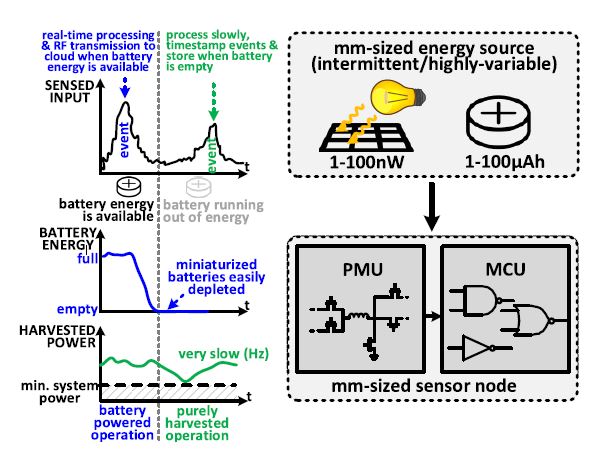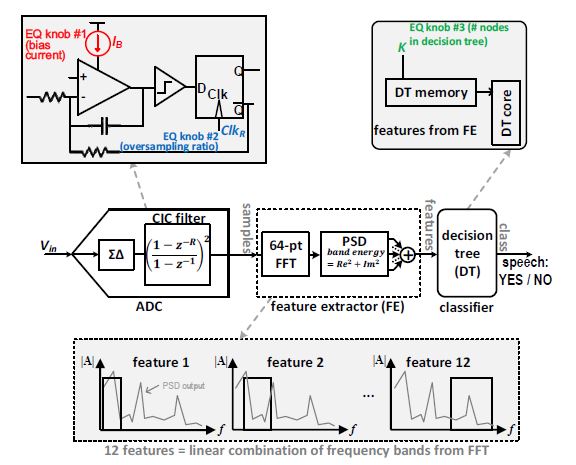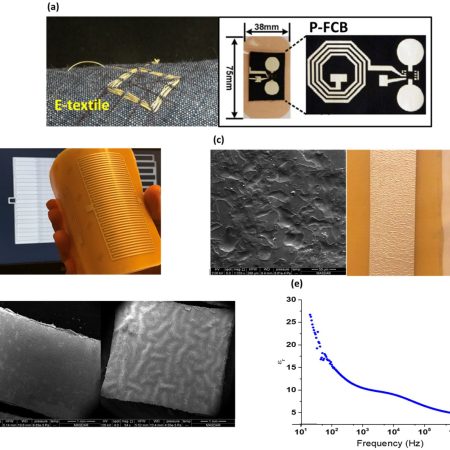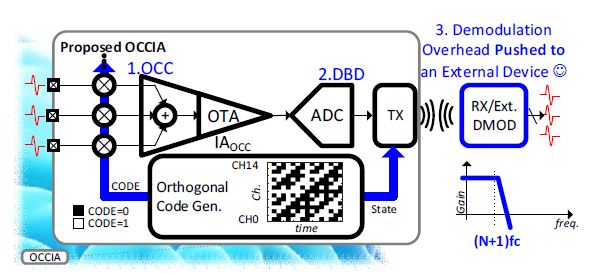Publication
- Integrated Power Management for Battery- Indifferent Systems With Ultra-Wide Adaptation Down to nW

This article presents a power management unit
(PMU) enabling ultra-wide power-performance tradeoff well
beyond voltage scaling, and adaptation to the sensed power/
energy availability in the harvester and battery. Gap-less power
scaling by more than five orders of magnitude and down to
nW permits continuous microcontroller unit (MCU) operation
regardless of the battery energy availability, thanks to a sub-mm2
on-chip harvester. Such battery-indifferent operation allows to
considerably shrink the battery down, as battery discharge no
longer has disruptive impact on operation. Battery-indifferent
operation is enabled by introducing a purely harvested power
mode in the PMU, and widely power-scalable circuits in critical
blocks to maintain the power efficiency nearly constant down to
nW level. To avoid pessimistic power/timing overdesign, a novel
self-biasing comparator and a zero current switching scheme
with fast convergence and circuit sharing across power modes
are proposed. A 180-nm testchip shows MSP430-like MCU power
scaling from sub-mW down to 1.85 nW, with at least 27× power
dynamic range extension compared to prior art. Self-start-up
from 2-nW harvested power is demonstrated, corresponding
to a 0.8-mm2 on-chip solar cell with 100-lx illuminance (i.e.,
equivalent to a very dark overcast day).
Researcher/Author: Longyang Lin, Saurabh Jain and Massimo Alioto
IEEE JOURNAL OF SOLID-STATE CIRCUITS, VOL. 55, NO. 4, APRIL 2020; https://ieeexplore.ieee.org/document/8945241






